Do You Really Have an Abundance Mindset?
“Of course I do! Why wouldn’t I?” is the typical response you may hear from CEOs, managers, and entrepreneurs to a question like this.
Many people believe that so long as they remain positive and give their employees an insurmountable amount of perks, then they most definitely have an abundance mindset—having an abundance mindset takes a lot more than that, and it’s even more difficult to attain (and keep intact).
Defining “Abundance Mindset” (According to the Experts)
So you thought having an abundance mindset meant having a positive outlook, being “open minded,” and giving your employees a break from time to time? Think again. That’s what Professor of Psychology Carol Dweck from Stanford University call a “false growth mindset.”
In fact, you can still be someone with a “fixed mindset”—someone who believes their capabilities and skills are fixed and unchanged—and be positive, flexible, and open minded at the same time. Someone with an abundance mindset, in actuality, is a person who grabs at every opportunity and improve their skills and develop themselves both personally and professionally.
The main, general difference between the two is that ones with a fixed mindset or “false growth mindset” is more concerned about “being right” and looking smart, while ones with a true abundance mindset cares less about that and more about learning.
If you’re still finding it hard to wrap your head around those concepts, here’s a list of traits and signs that a person—or you—have truly developed an abundance mindset.
5 Signs You Have an Abundance Mindset
You’re willing to learn as you go (and fail as you go)
The one key trait of those with an abundance mindset is that they’re always willing to fail and learn from their mistakes.
Of course, this can’t happen until you learn to accept that failure in business is inevitable, and you can’t learn and grow as a person or company if you fail to take risks in fear of looking like failure in front of your employees, your competitors, or yourself. In a fast-paced world like this, risk-taking is a non-negotiable that every leader must learn to be comfortable with.
And not only should you be comfortable with taking risks, you also need to be comfortable with feedback and criticism. It’s hard, and putting yourself “out there” for people to criticize can put you in a very vulnerable and uncomfortable position, but it’s a bitter pill you’ll have to swallow if you want to learn and grow.
You let go of the things you can’t control, and focus on what can be done
Perfectionism, as useful as it may be sometimes, can be really detrimental to your business if you don’t constantly keep it in check.
As we mentioned above, the business market is ever-changing, and you need to keep up with the program if you want to succeed—This is why perfectionism can be a death sentence to your business. Perfectionist need to make sure to gather every single data and resource available to make sure they’re making the best decision possible, a leader with an abundance mindset would do the exact opposite.
While perfectionists are more “think now, act later,” growth leaders (who think in abundance) lean more towards, “act now, think later.” For growth leaders—more accurately, 70% of them—it’s speed over perfection any day. They understand that the demands of their consumers are changing on a constant basis, so for them, they’d rather make a thoughtful decision with the data they already have on hand and then reevaluate based on the outcome.
And don’t do all the work yourself, get your employees or colleagues to participate too. Encouraging them to take risks and rewarding them for their quick decision-making will help cultivate a company culture with the abundance mindset at its center.
Your customers and clients are always on your mind
Whenever you’re thinking of re-innovating a product or introducing a new service, the first thing that should be on your mind is your target client.
This can be hard for many of us to do when we have stakeholders and shareholders on the line, but you need to be an advocate for your own customers. Remember, you’re building a product or creating a service that suits their needs and their demands. With that being said, customer insights and analytics are an abundance-mindset leader’s weapon of choice. Doing so will make your products and services seem more valuable and personal to your target consumer.
You’re flexible, and change with the times (or more specifically, market demands)
We’ve all heard of “digital transformation” and other terms related to it. A lot of successful CEOs and managers out there can’t seem to keep “business transformation” off their minds, and for good reason. What these CEOs and managers are really referring to is agility, and having an agile mindset.
Embracing transformation or transformative thinking is about thinking on your feet and being constantly ready to change the focus or direction your company is headed whenever a new change or development occurs in the market. You can’t have an abundance mindset if you can’t accept that your quarterly goals won’t always be the same, and neither will your business model.
And most of all, you’re in it to win it
Professor of Psychology Carol Dweck mentioned many times both in her book Mindset: The New Psychology of Success and her article for HBR that a “pure” abundance mindset doesn’t exist—we all have both, a fixed and abundance mindset, whether we like it or not. What matters is that you’re always fighting in favor of the inner voice that encourages an abundance mindset, even in the face of difficult situations and challenges.



